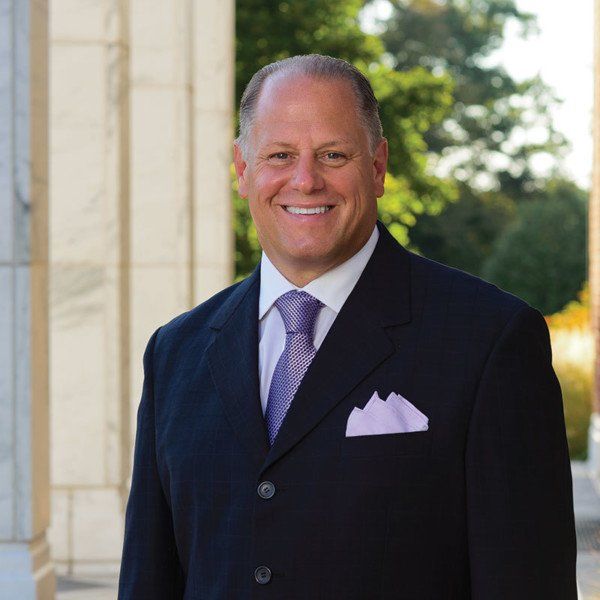Benefits Of Teeth Cleaning By Dentist | Dental Cleaning Frequency
Dental cleanings and other preventive care is often put off, but there are many long-term benefits of teeth cleaning that you may not know - Here are 4 to start!
If you're not going to the dentist, you'll want to think again. In the U.S., there are 31.6% of people between the ages of 20-44 who have untreated dental caries.
Are you considering going to the dentist for a cleaning? In this article, explore the many benefits of teeth cleaning. Read on to discover these benefits, and why you'll want to make an appointment for a cleaning today.
How Often Should You Get a Dental Cleaning?
While there is no exact amount that you should get a
dental cleaning, your dentist can tell you how many times you should receive one. Each person's needs are different when it comes to your teeth. Speak with your dentist about how often you need cleanings.
1. Gum Infection Prevention
If you allow gum infections to continue, they can lead to the loss of your teeth. Other health factors can pop up since the bacteria in your mouth can spread into your bloodstream. Receiving a routine dental cleaning can help prevent
gum infections.
2. Remove Tartar
When plaque builds up in areas that you can't access
with flossing and brushing, receiving a dental cleaning can remove it. Special tools are used to remove plaque and tartar in those areas that are hard to reach.
3. Early Detection
Regular dental cleanings let your dentist check for any symptoms or signs of oral cancer in your mouth. They'll be able to screen you for oral cancer.
4. Brighten Your Smile
Certain drinks and foods you eat can cause stains on your teeth. Dental cleanings can remove stains in order to have pearly whites again.
Do I Need a Cleaning if I Brush and Floss Daily?
Yes. It's important to brush and floss daily, just as it's important to see your dentist for a checkup and cleaning. Seeing your dentist will help you keep a healthy smile.
Protecting My Teeth
In between dental visits, you'll want to brush your teeth twice a day and floss daily. If you smoke, quit.
Choose a diet that has plenty of vitamins and minerals. Visit your dentist for your routine checkups and cleanings. Replace your toothbrush after 3 months.
What Happens During a Teeth Cleaning?
First, your dentist will do a physical examination of your mouth prior to the dental cleaning. Next, a small mirror is used to check your gums and teeth for signs of gingivitis.
A scaler is used to remove tartar and plaque around your gum line and between your teeth. The more tartar that there is, the more time it'll take.
When you brush and floss, you prevent the plaque from hardening and becoming tartar. Tartar is only removed at your dentist's office.
Teeth Cleaning
After this, they'll use toothpaste with an electric brush to clean your teeth. It's a gritty consistency and scrubs at your teeth. While it's safe to do this twice a year, you don't want to be harsh at home with your teeth since it can wear down your enamel.
After this, they'll floss your teeth and use a mouth rinse. Next, your dental professional will use a fluoride treatment. This is to help prevent cavities.
Taking Care of Your Teeth Between Cleanings
In order to take care of your teeth between cleanings, you'll want to use fluoride toothpaste. Daily, your teeth receive a thin film of bacteria that's known as dental plaque.
This bacteria produces acids that can cause cavities, and impact the enamel on your teeth. It's vital that you brush at least twice a day, and floss daily. If a cavity forms, you'll need a dentist to fill it.
Proper Cleaning
Use a soft-bristle toothbrush and fluoride toothpaste. Ensure that you replace your toothbrush every 3 months.
Make sure that you brush gently along your gum line, and use circular motions. Ensure that you floss daily to remove any food particles that a toothbrush can't reach. When you're done, rinse.
Flossing
In order to floss the correct way, you'll want to use about 18-24 inches of dental floss. Make sure that you stand in front of a mirror to watch how you do it.
Hold the floss with your index fingers and thumb. Put the floss between your 2 teeth while gliding it up and down. Ensure that you rub it against both sides of your teeth.
Form a c-shape while you curve the floss at the base of your teeth. This will make sure that you floss in the entire space between your teeth and gums. Repeat the steps for each tooth. It's advised to floss before brushing.
Choosing Your Toothbrush
First, you need to decide between an electric or manual option. You'll want to spend 2 minutes every time you brush. The benefit of an electric toothbrush is that it lets you know when you've brushed your teeth for 2 minutes.
Many dentists agree that you should choose a soft-bristled toothbrush. If you choose stiff or medium bristles, they can be too hard on your enamel and gums.
If your dentist recommends a stiff or medium toothbrush, then it's the right choice for you. If your toothbrush starts showing wear and tear before 3 months, you'll want to replace it.
The Benefits of Teeth Cleaning
Now that you've explored the benefits of teeth cleaning, you should have a better idea of why it's vital to get a teeth cleaning today. Are you ready to get a dental cleaning done and say hello to a cleaner and brighter smile? Contact us today, and we'll get you set up for your teeth cleaning.




